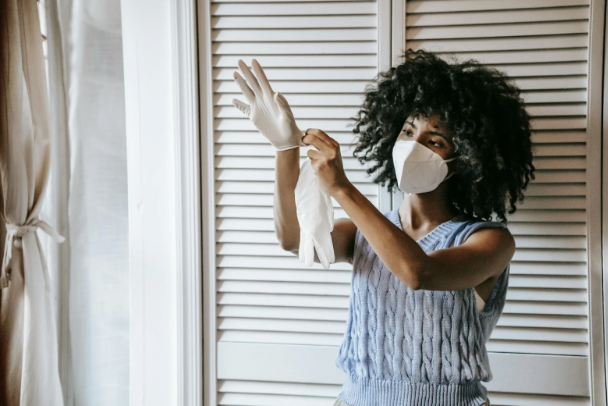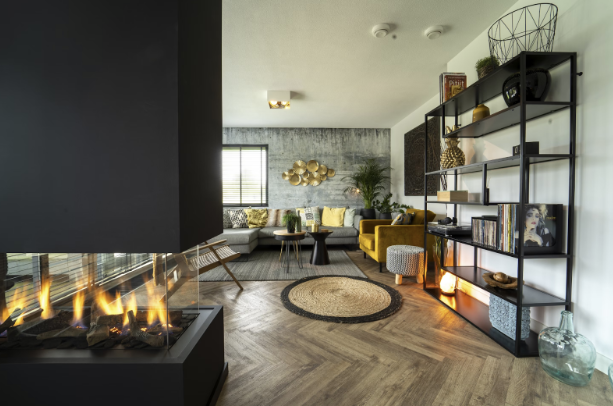When we think about respiratory risks in our daily lives, most of us consider things we encounter when we’re out and about, such as car fumes and general air pollution. We’ll take steps to avoid these and, generally, with fresh air abound out there, that isn’t too difficult.
Unfortunately, many of those same respiratory risks can also hide at home. And, unchecked, they can do a whole lot more damage to our lungs. They can certainly undo the benefits of any home-based healthy habits that you attempt to put in place. The question is, what are those at-home respiratory risks, and what can you do to minimize them?
Risk 1: Stuffy Spaces
While most of us know that we should open our windows daily even during winter, very few of us find the time or mind to do so. The result? Stuffy spaces that are chockablock with damaging air pollutants. Think about it – you use things like cleaning chemicals, chemical deodorant sprays, and even fireplace fumes within your household. If your windows aren’t open, those chemical overflows have nowhere to go. Instead, you’re stuck breathing them in at far higher concentrations than even the pollutants you encounter outside.
That’s a problem, and overcoming it requires a year-round daily airing of each room for about 15 minutes. During cold weather, simply keep the door of the aired room closed to avoid heat loss. Trust us, your lungs will thank you for it.
Risk 2: Unclean Carpets
Most of us know about the skin risks of unclean carpets, but you’re also at risk from some pressing respiratory risks when you don’t clean your carpets as often as you should. Higher exposure to things like dust and dirt can irritate the lungs. Unclean carpets also hide unseen mold spores, which can cause everything from inflamed airways to chest tightness and even the worsening of underlying lung conditions.
In an ideal world, ‘healthy’ carpets require up to twice-weekly vacuuming in high-traffic areas. Experts also recommend a professional cleaning treatment at least every 12-18 months. This can ensure a deep clean that gets rid of all the nasties that even your vacuum struggles to reach.
Risk 3: Clogged Chimneys
Fires at home are lovely, but burning any kind of fuel in the home creates damaging pollutants including carbon monoxide and creosote. This risk is generally negligible with a modern fireplace and a clear chimney to filter those chemicals. But, if your fireplace isn’t operating well, or your chimney is clogged up, then chemicals may well filter into your home. And, if that happens, you face risks like lung disease, wheezy coughs, and shortness of breath.
To avoid this, the National Fire Protection Association (NFPA) recommends yearly chimney inspection and cleaning. Regular fireplace repair is also vital to ensure proper fireplace function and minimize air pollution. Only then can you safely light a fire without having to worry about your lungs!
Looking after lung health is undeniably important. Next time you start coughing, ask yourself whether these hidden home respiratory risks could be to blame.




